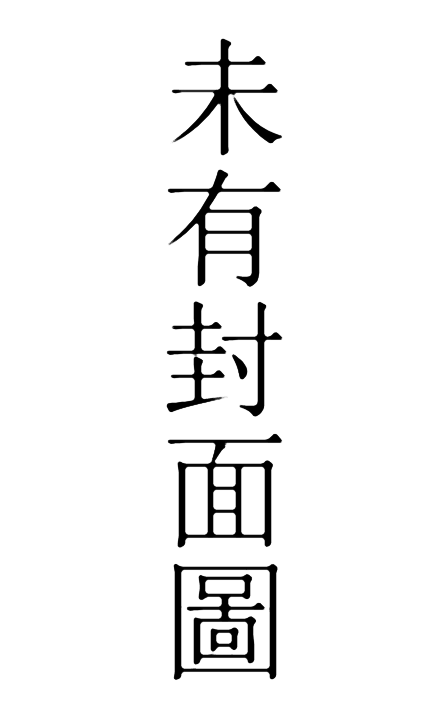續比丘尼傳 - I200
續比丘尼傳 Xu bi qiu ni zhuan |
| 別名 Other Titles: |
| 有關人物 Associated Persons: 震華, 超塵
出版地區 Place(s) of Publication: 版式 Format: 木刻版 出版者 Publisher(s): 出版年 Publication Date: 1940 載於 Located In: Zangwai fojing - I, Vol. 19 |
| Cite as 引用為: "CRTA 續比丘尼傳 - I200" |
This edition of Xu biqiuni zhuan 續比丘尼傳 (Continued Biographies of Nuns) was published around December 1940.
別名 Other Titles
出版地區 Place(s) of Publication
Zhulin monastery 竹林寺 in Zhenjiang 鎮江, Jiangsu province
出版年 Publication Date(s)
December 1940
有關人物 Associated Person(s)
內容 Contents
- 封面 Title Page
- 序
- 序
- 卷一
- 卷二
- 卷三
- 卷四
- 卷五
- 卷六
- 樂助功德芳名
- 跋
序跋等 Prefaces and Postfaces
- Preface by Zhenhua 震華, April 1939
- Shoupei's 守培 preface, written in Summer of 1936
- Chaochen's 超塵 postface, written in 1942
註疏 Commentary
The original text was printed from April 1941 to February 1942 within the Zhulin monastery 竹林寺 in Zhenjiang 鎮江, Jiangsu province, using woodblock printing (muke 木刻). It consists of six “scroll” (juan 卷), or chapters in total, and was first distributed in Zhulin monastery and Yufo monastery 玉佛寺 in Shanghai around August 1942. The text was finished long before its distribution, but it was accidentally lost because of warfare in 1937. It was later recompiled and prepared for publication around December 1940.
Edition I was not able to find a copy of the original edition of Continued Biographies published in the 1940s. A search of this text on Worldcat yields fourteen results. All of which are reprinted editions published from the 1980s to the 2000s. The most cited edition by scholars was Xu biqiuni zhuan quanji 續比丘尼傳全集 (Comprehensive Collection on Continued Biographies of Nuns) published by Buddhist Publishing Press (fojiao chubanshe 佛教出版社) or Buddhist Book Press (foxue shuju 佛學書局) in 1988. This edition was problematic as it was transcribed with added punctuation. In addition, we have another reprinted version published by Jinling scriptural press 金陵刻經處 in 2006. This version appears to be the same as the one included in the Collected Works on Eminent Monks (Gaoseng zhuan heji 高僧傳合集) published by Shanghai Classics Publishing House (Shanghai guji chubanshe 上海古籍出版社) in 2011. Both reprinted versions are based on the 1941 edition printed in Zhulin Monastery.
Content The Jinling edition has three volumes (ce 冊) divided into a total of six scrolls. There are two hundred biographies in total. The first scroll included thirty-four biographies in the Liang 梁 (502-557), Chen 陳 (557-589), Northern Qi 北齊 (550-577), Sui 隋 (581-618), and Tang 唐 (618-907); the second included thirty in the Five dynasties 五代 (902-979) and the Song 宋 (960-1279); the third included twenty-two in the Yuan 元 (1271-1368) and Ming 明 (1368-1644); the fourth had forty-four and the fifth has forty-two, all from the Qing 清 (1644-1912); the final had twenty-seven from the Republic of China (Zhonghua minguo中華民國) (1912-1949). In addition, forty-seven sub-biographical entries were included within some biographies. The numbers of entries in each dynasty are not balanced, with as many as eighty-six biographies from the Qing and as few as only one entry from the Chen, Northern Qi, and Sui respectively.There are two prefaces (xu 序), a list of donors titled “Le zhu zhude fangming” 樂助功德芳名 (The Names of the Meritorious who Helped [The Production]), and one postface (ba 跋) in the text. The first preface was written by Zhenhua in April 1939. The second preface was written by Zhenhua’s master Shoupei’s 守培 (1884-1955) preface written in the summer of 1936. The production of this text was donated by numerous monastics and laypeople. The postface was written by Zhenhua’s disciple Chaochen 超塵 (d. 2017) in 1942.
Authorship According to the postface, the text was recompiled from scratch by Chaochen with considerable help from Zhenhua.Chaochen recorded the difficult process of compiling the text after it was lost in 1937. We learn that Zhenhua was not the sole compiler of this text. Rather, it was a collaborative effort; his disciple Chaochen made a significant contribution to restore the text and facilitate its completion. He wrote that the process of compiling this text was extremely challenging after it was lost owning to warfare. He also admitted that the quality of the text was affected, because collecting sources was difficult, and Zhenhua couldn’t recall some of the details in the biographies. However, it’s difficult to determine the extent of Chaochen’s involvement in editing and modifying this text.
Zhenhua Zhenhua was born in 1909 and raised in Xinghua 興化, subsequently attended several Buddhist educational institutions in Zhenjiang 鎮江, then became the abbot of Yufo Monastery (Yufo si玉佛寺) in Shanghai, and eventually passed away in 1947. During his short lifetime, he spent the most time in today’s Jiangsu province 江蘇省, teaching and writing about Buddhist history.
Chaochen We have very little information on Chaochen. He left just a few pieces of writing. Some of his biographical accounts can be found in several sources, including his obituary, dictionaries, and monastic memoirs. There are many inconsistencies in these accounts regarding the dates he was born, received tonsure, traveled to Vietnam, and returned to Hong Kong. The common narrative was that he, the same as Zhenhua, was born in Xinghua County in the 1910s. He received tonsure from Zhenhua in Yuantong temple, resided in Zhulin monastery and studied in Zhulin seminary, then worked in Yufo monastery and Tianning Monastery (Tianning si 天寧寺). In 1949, he went to Hong Kong. In the 1950s, he established the Longhua monastery (Longhua si 龍華寺) in Saigon (Xigong 西貢), in present-day Ho Chih Minh City, Vietnam. By the 1970s, he returned to Hong Kong and served as president of many Buddhist associations before he died in 2017.
References
